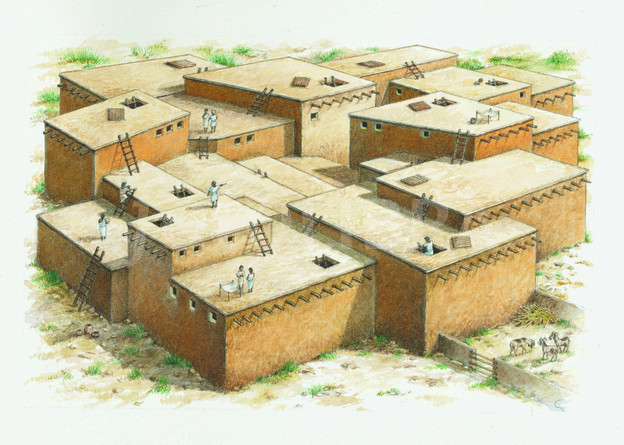Rationale: Çatalhöyük
(7000 BC – 5700 BC)

Çatalhöyük, one of the world's oldest settlements (7500BC) remains one of the first examples of the box as being an efficient container of things and people.
Four walls, a floor and a ceiling: architecture’s ur-space, the room, is inevitably a variation of the same theme. Its most common iteration is based on the use of 90-degree angles between wall and floor, ceiling and wall, and wall and wall. The 90-degree angle inevitably leads to its mirrored other, a perpendicular parallel. It becomes the only angle, the one compositional act that leaves an identical residue, where the primary product equals its own waste – two for the price of one. Any space structured on the 90-degree angle triggers a chain reaction in which each step implies the next. In its fractal repetition, any series of such spaces creates a theoretically ideal condition: zero waste of space. Any such (series of) space(s) is called ‘a box’.
"The box has existed for some time. He who designs a box will not be the first. Originality and the box are incompatible. The box is the natural outcome of all rational parameters combined, the form in which geometry and economy meet in perfect sync. The box doesn’t resist; it complies. It is easy."